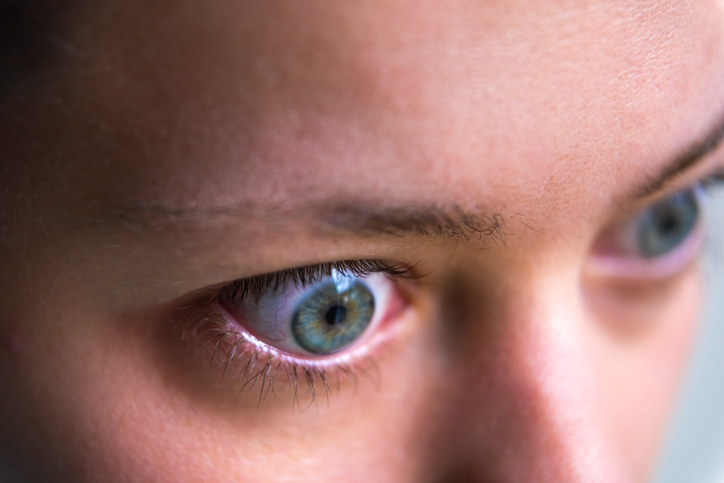
What is Graves disease?
From the US National Institute of Diabetes and Digestive and Kidney Diseases, Graves’ disease is an autoimmune disorder that can cause hyperthyroidism. The thyroid is a small gland in the front of your neck. Thyroid hormones control the way your body uses energy, so they affect nearly every organ in your body, even the way your heart beats.
With Graves’ disease, your immune system attacks your thyroid gland, causing it to make more thyroid hormones than your body needs. As a result, many of your body’s functions speed up.
How common is Graves disease in Australia?
Graves’ disease is the most common cause of hyperthyroidism in Australia according to the Australian Thyroid Foundation. Graves’ disease is a disability that affects 2%-3% of people per NORD. It affects females more often than males (5-10 to 1) and usually develops during middle age often between 40-60.
What are the causes of Graves disease?
As SBS reports, no one knows why the body’s disease-fighting immune system turns on itself and causes the thyroid to malfunction, as is the case with Graves’ disease.
But it is believed that around 30 per cent of people with Graves’ disease inherit it. No single gene has been identified to cause the disease and no one knows why it turns on in some family members and not others.
Smoking, psychological stress and the postpartum period (after childbirth) are associated with the development of Graves’ disease. A lack of iodine is also linked to causing thyroid issues: goitre, cancer, and nodules.
What are the symptoms associated with Graves disease?
From Mayo Clinic, some common signs and symptoms of Graves’ disease include:
- Anxiety and irritability
- A fine tremor of the hands or fingers
- Heat sensitivity and an increase in perspiration or warm, moist skin
- Weight loss, despite normal eating habits
- Enlargement of the thyroid gland
- Change in menstrual cycles
- Frequent bowel movements
- Bulging eyes (Graves’ ophthalmopathy)
- Fatigue
- Thick, red skin usually on the shins or tops of the feet (Graves’ dermopathy)
- Rapid or irregular heartbeat (palpitations)
- Sleep disturbance
What is Graves ophthalmopathy?
About 30% of people with Graves disease show some signs and symptoms of Graves ophthalmopathy. In Graves ophthalmopathy, inflammation and other immune system events affect muscles and other tissues around your eyes. Signs and symptoms may include:
- Bulging eyes
- Gritty sensation in the eyes
- Pressure or pain in the eyes
- Puffy or retracted eyelids
- Reddened or inflamed eyes
- Light sensitivity
- Double vision
- Vision loss
What is Graves dermopathy?
An uncommon manifestation of Graves disease, called Graves dermopathy, is the reddening and thickening of the skin, most often on your shins or the tops of your feet.
What help is available for Australians with Graves’ and hyperthyroidism?
The treatment for Graves, as described in the American Thyroid Association, initially consists of taking beta-blockers. Other treatment options to control Graves’ disease include antithyroid drugs (generally methimazole), radioactive iodine and surgery.
Antithyroid medications are typically preferred in patients who have a high likelihood of remission (women, mild disease, small goitres, negative or low titer of antibodies). These medications do not cure Graves’ hyperthyroidism, but when given in adequate doses are effective in controlling the hyperthyroidism.
If your hyperthyroidism due to Graves disease persists after 6 months, then your doctor may recommend definitive treatment with either radioactive iodine or surgery.
Your doctor should discuss each treatment option with you. Although each treatment has its advantages and disadvantages, most patients will find one treatment plan that is right for them. Hyperthyroidism due to Graves disease is, in general, controllable and safely treated and treatment is almost always successful.
Despite the successful treatment, the financial burden can be overwhelming to deal with on top of this. TPD insurance may be available as part of your superannuation policy. TPD is a lump sum payment that can help with your financial needs. Super Claims Assist can help you claim this from your Super Fund through a claims process. Find out more about our claims process below.
More about Graves’ Disease in Australia

Financial Help for Graves Disease in Australia
Learn about the different types of financial claims for graves disease


